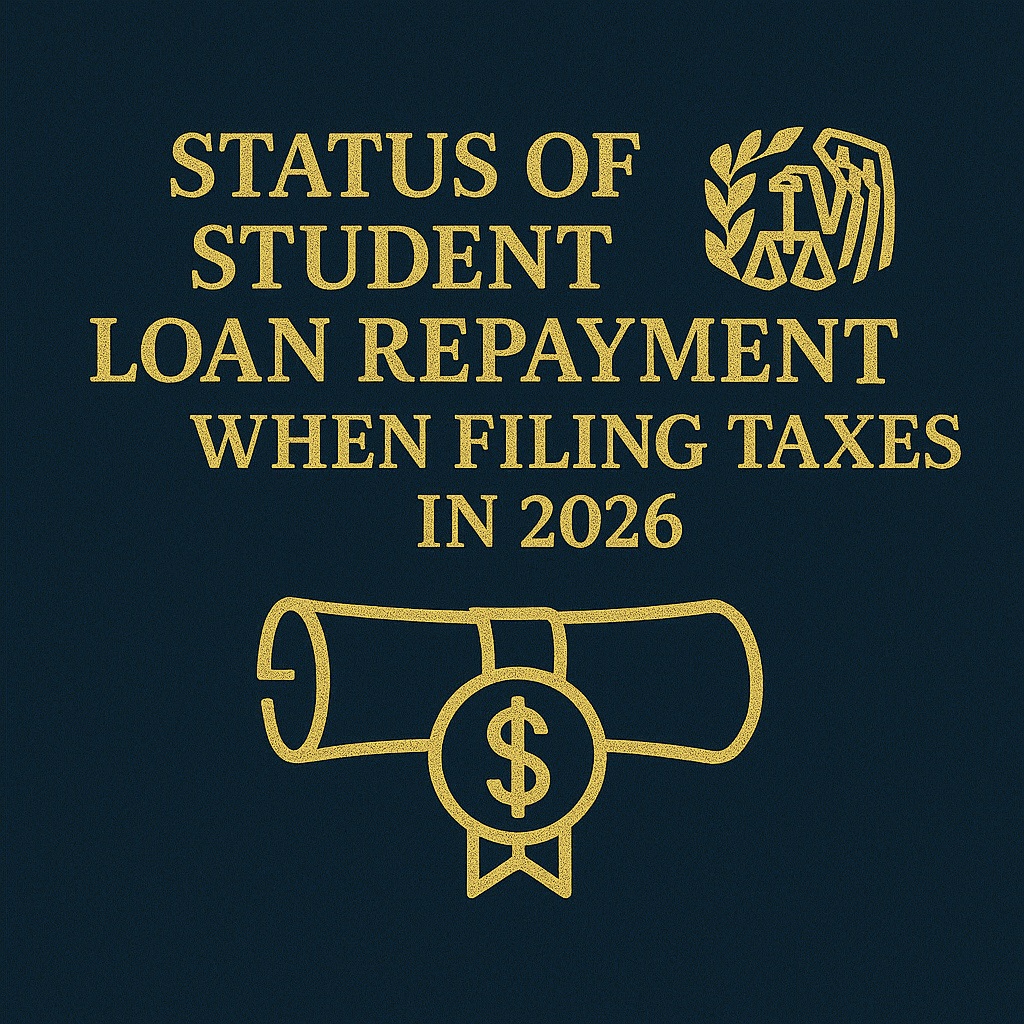Millions of taxpayers with student loans face major changes as they prepare to file taxes in 2026 due to updates in student loan repayment rules and tax treatment of loan forgiveness. Here’s a detailed look at what you need to know and do to avoid surprises or issues when filing your 2026 taxes.

Key Changes for 2026 Tax Filing
- Student Loan Forgiveness Taxable Again: Starting January 1, 2026, any federal student loan forgiveness will be treated as taxable income by the IRS. This ends the current tax exemption on forgiven debt that expires after 2025. Borrowers expecting forgiveness under income-driven repayment (IDR) or Public Service Loan Forgiveness (PSLF) must prepare for potentially significant tax bills.
- New Repayment Plans: Existing IDR plans like PAYE, REPAYE, and SAVE will be phased out by 2028 and replaced by a new Repayment Assistance Plan (RAP). Borrowers must transition during this period; otherwise, they may lose benefits including interest subsidies.
- Graduate Borrowing Caps: Graduate students will face a lifetime federal borrowing cap of $100,000 starting in 2026, which may affect how they manage loans and repayments.
- Extended Tax Protection for 2025 Forgiveness: Borrowers who qualify for forgiveness by December 31, 2025, generally will not owe federal taxes on forgiven loans even if disbursed in 2026, but those qualifying after lose this protection.
What Taxpayers Need to Do to Avoid Issues in 2026
- Review Your Loan Forgiveness Timeline
- Confirm if your loan forgiveness eligibility occurs before or after January 1, 2026.
- If after, prepare for the tax impact of forgiven loan amounts counted as income.
- Understand Your Repayment Plan Changes
- Monitor transition requirements from old IDR plans to the new RAP.
- Contact your loan servicer to ensure smooth plan changes well before deadlines.
- Prepare for Potential Tax Bills
- Set aside savings to cover possible tax liabilities from forgiven loans starting in 2026.
- Consult a tax advisor to explore options like claiming insolvency exemptions if debts exceed assets.
- Stay Informed on Legislative Updates
- Watch for ongoing legislative or administrative changes that may affect tax treatment or repayment programs.
- Check official sources like IRS.gov and studentaid.gov regularly.
- File Accurately and Promptly
- Report any forgiven debt as taxable income when required.
- Keep detailed records of loan forgiveness documentation, Form 1099-C, and repayment plan notices.
- Seek Professional Advice if Needed
- Consider financial planning and tax consulting to manage complex scenarios, especially if forgiveness results in large tax bills.
The return of taxable student loan forgiveness starting in 2026 represents a significant shift for many borrowers. Understanding the new repayment environment, planning for tax impacts, and staying proactive will help taxpayers avoid surprises and maintain financial stability.
If You Found The Information Here Was Useful Please Consider Sharing This Page!
